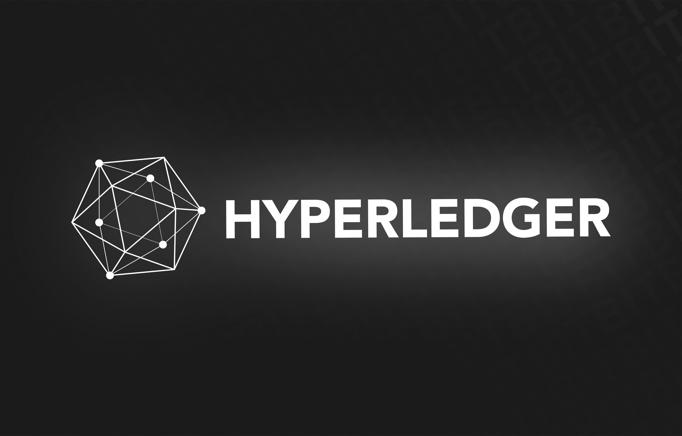What is hyperledger
Tiền điện tử cho người nâng cao
Các bài viết khác
Hyperledger is a worldwide corporate blockchain initiative that provides the structure, rules, norms, and tools required to construct open source blockchains and related applications for usage in a variety of sectors. Among Hyperledger's initiatives are a number of enterprise-ready permissioned blockchain platforms in which network users are known to one another and so have an inherent incentive in participating in the consensus-making process. Using the Hyperledger components, a company may implement numerous modular blockchain solutions and services to greatly increase the performance of their operations and the efficiency of their business processes.
The Linux Foundation in San Francisco, California, founded the Hyperledger project in December 2015. It began with 30 member firms and has now expanded to more than 120 member enterprises. Hyperledger was founded with the goal of accelerating industry-wide collaboration in the development of high-performance and dependable blockchain and distributed ledger-based technology frameworks that could be used across multiple industry sectors to improve the efficiency, performance, and transactions of various business processes. Hyperledger is a worldwide partnership of prominent companies in finance, banking, the Internet of Things (IoT), supply chain management, manufacturing and production, and technology. They include major corporations such as Samsung, IBM, Microsoft, JP Morgan, Visa, Daimler, as well as a slew of blockchain-based start-ups such as Blockforce and ConsenSys.
In essence, Hyperledger is not a company, a cryptocurrency network, or a blockchain technology. It does not support cryptocurrencies such as bitcoin, but it functions by providing the infrastructure and standards required for the development of various blockchain-based systems and applications for industrial usage. Consider Hyperledger to be a hub for numerous individual blockchain-based projects and tools that conform to its established design philosophy.
The structure of Hyperledger Technology looks like this:
- The consensus layer is in charge of reaching an agreement on the sequence and validating the collection of transactions that comprise a block.
- The smart contract layer is in charge of handling transaction requests and approving only legitimate transactions.
- Peer-to-peer message transit is handled by the communication layer.
- Identity management services are required for preserving and certifying the identities of users and systems, as well as building trust on the blockchain.
- The API, or application programming interface, allows third-party apps and clients to communicate with the blockchain.
All Hyperledger projects adhere to a design style that promotes a modular and extensible approach, interoperability, and security features. The projects are not tied to any specific token or cryptocurrency; however, a user can establish one as needed.


